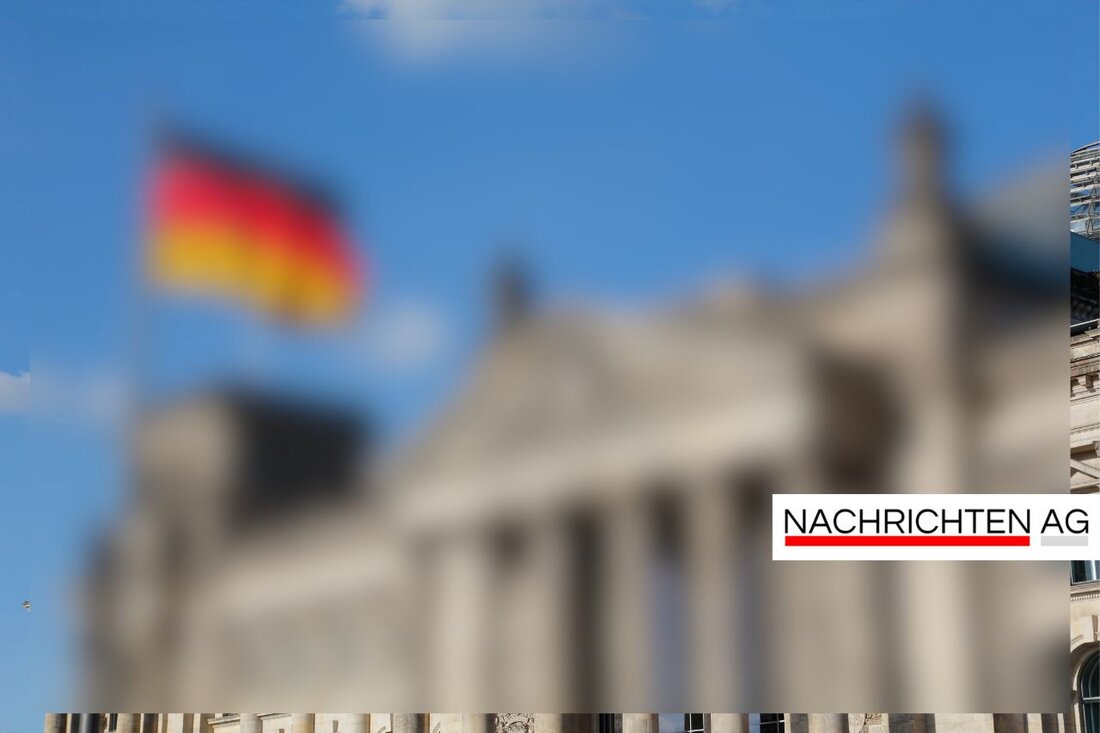Public transport revolution in the Ebersberg district: more buses, higher costs!
The Ebersberg district plans to double the number of bus kilometers by 2026 in order to improve local public transport.

Public transport revolution in the Ebersberg district: more buses, higher costs!
Local public transport (ÖPNV) in the Ebersberg district is facing major challenges. Despite planned expansion for the coming years, many municipalities are concerned about the financial structures. By 2026, the regional bus kilometers are to be doubled and increased to around four million kilometers, which represents a big step. This increased frequency and the expanded offering, especially in the evenings and on weekends, are important steps towards sustainable mobility, emphasizes District Administrator Robert Niedergesäß (CSU) in a current report Mercury.
But with this progress comes new financial burdens. The additional expenditure on public transport is expected to be at least three million euros in 2026. This means that municipalities will have to pay higher taxes to the district from 2026 in order to compensate for a financial deficit. At the same time, CSU parliamentary group spokesman Martin Wagner complains about the strained financial situation and announces tough budget negotiations. Ulrich Proske, the SPD parliamentary group spokesman, has also expressed his concerns and is calling for the cancellation of loss-making lines, as many buses in the district often remain empty.
The future of local transport
Despite the challenges, there are encouraging approaches. A new ring bus route, the 448 between Grafing and Ebersberg, shows good utilization. In addition, the district is subsidizing hydrogen buses with up to 850,000 euros annually for six years, which represents a ray of hope for environmentally friendly transport design in the district. However, district treasurer Katja Witschaß also pointed out rising personnel costs and a debt burden that could rise from the current 68 million euros to 157 million euros by 2028.
However, the public transport situation is not only tense in the Ebersberg district. Local public transport is in crisis throughout Germany, as shown by a current study by Süddeutsche.de is occupied. Many larger cities are reducing their offerings and struggling with a lack of money and staff. Doubling passenger numbers by 2030 requires annual increases of around eight percent, which makes the current conditions very challenging.
The path to improvement
In this context, the Association of German Transport Companies (VDV) is calling on the federal government to provide long-term financing for public transport in cities, metropolitan areas and rural regions. A comprehensive expansion of offerings and better access to rural areas are urgently needed to ensure modern mobility. Investments in e-buses and the digitalization of transport are crucial measures that must be taken to meet the requirements of climate protection and increase the quality of the service, he said vdv.de.
The discussion about public transport in Ebersberg and beyond shows that a good hand in planning is required. It remains to be seen how the coming negotiations and developments will determine the everyday lives of passengers. The need to promote environmentally friendly alternatives while ensuring reliable mobility is obvious - there is something to be done!

 Suche
Suche
 Mein Konto
Mein Konto